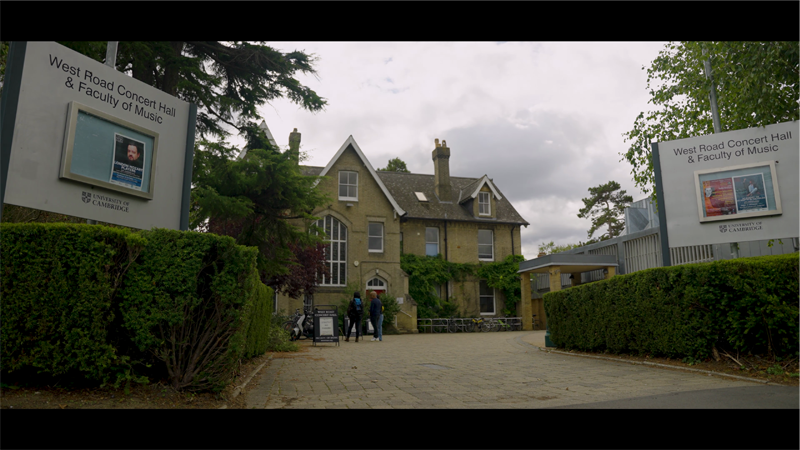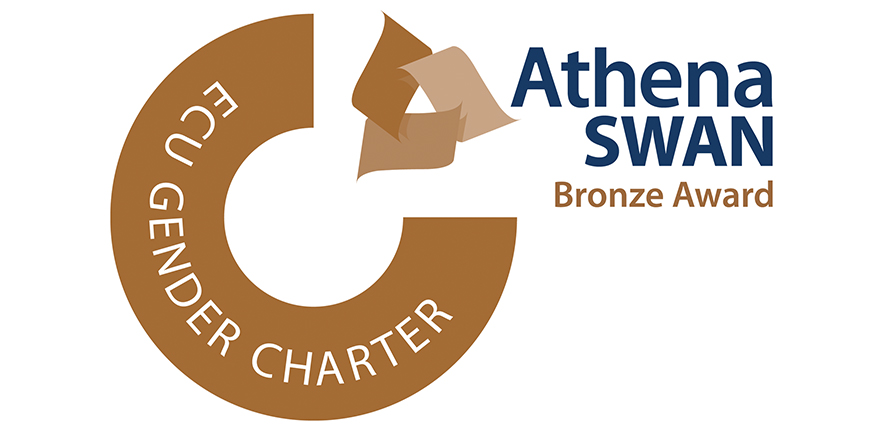There is a long tradition, in the Western world, of contrasting vision, as an objectifying sense, with the allegedly more participatory sense of hearing. Listening to speech – when we imagine we hear words as if we were looking at them – seems to us to be the exception that proves the rule. Here we revisit the contrast between vision and hearing through an inquiry into birdsong. What does the bird hear when it sings, or when it attends to the songs of conspecifics? What does it see? Is seeing and hearing distinguished in its experience, or do they amount to the same thing? The bird, after all, doesn’t just look; it watches. When we compare watching with listening, as modalities of attention, they no longer seem so different. If eyes differ from ears, it is because they are animated by a spirit. To look into the bird’s eye is to be pierced by its spirit. Perhaps the Amazonian shaman, whose task it is to negotiate relations with the spirits of the forest, can help us solve the riddle of how the bird sees its song. Among Indigenous Shipibo-Conibo people, during of shamanic healing ceremonies, sound patterns of song are directly convertible into patterns of light, akin to the rainbow or the streak of lightning. For us, the interchangeability of light and sound is hard to grasp. But for the bird and the shaman, both aerial beings, it is obvious. How can we possibly hear sounds, they would say, without seeing them?
TIM INGOLD is Emeritus Professor of Social Anthropology at the University of Aberdeen. Following 25 years at the University of Manchester, where he was appointed Max Gluckman Professor of Social Anthropology in 1995, Ingold moved in 1999 to Aberdeen, where he established Scotland’s youngest Department of Anthropology. Ingold has carried out ethnographic fieldwork among Sámi and Finnish people in Lapland, and has written on comparative questions of environment, technology and social organisation in the circumpolar North, the role of animals in human society, issues in human ecology, and evolutionary theory in anthropology, biology and history. He has gone on to explore the links between environmental perception and skilled practice, replacing traditional models of genetic and cultural transmission with a relational approach focusing on the growth of bodily skills of perception and action. This led to him to develop an anthropology of the line, emphasising the dynamics of pedestrian movement, the creativity of practice, and inscriptive activities of writing and drawing. Ingold’s current interests lie on the interface between anthropology, archaeology, art and architecture. His recent books include The Perception of the Environment (2000), Lines (2007), Being Alive (2011), Making (2013), The Life of Lines (2015), Anthropology: Why it Matters (2018), Correspondences (2020), Imagining for Real (2022), The Rise and Fall of Generation Now (2024), and Old Ways, New People (2025). Ingold is a Fellow of the British Academy and the Royal Society of Edinburgh. In 2022 he was made a CBE for services to Anthropology.



